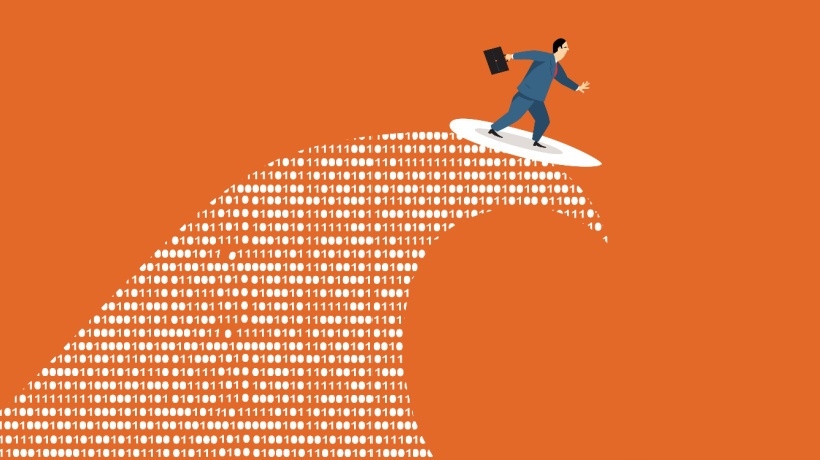The Ways In Which Data Analytics Is Influencing eLearning
Data analysis is influencing our everyday lives. Irrespective of any particular niche, data analysis has proved itself to be one of the significant factors in determining growth and development curvatures. Needless to say, data is an indispensable part of corporate systems – a lot of importance is now given to analysis, surveys, reports, and feedback during corporate training programs. And to realize the potentials of the above statements, analytics eLearning modules need to be embraced.
How Data Analytics Have Been Affecting Online Education?
Of late, eLearning industry has become a formidable learning platform, thanks to more advanced ways of tracking, analyzing and reporting of content. With the drastic modifications taking place in the educational environ, online education is screaming of its notable presence across varied platforms. Whether it’s a regular management course or a professional degree course, the easy accessibility of finding everything on the internet has improved the fundamentals of eLearning to a great extent.
Following the recent trends, several old and new educational institutes and universities has initiated their eLearning course modules. The driving factor behind their increasing popularity is the mass-acceptance of these courses by the students. The freedom to learn from anywhere, any time is in itself an extremely alluring thought – and, because of this, a considerably bigger percentage of students are opting for online courses at an incredible rate.
What Kind Of Educational Data Is Now Being Collected And Mined?
For long, schools and universities have been tracking expansive learner’s data – which includes location, health concerns, grades, attendance, learning activities, socio-economic data, etc. But, alas, most of the institutes did nothing with this wealth of information, other than creating an annual institutional profile report.
Today, the flourishing externalization of learning activity has pushed the horizons of online learning further. For example, efficient learning management frameworks, like Desire2Learn or Moodle nabs a substantial amount of data - related to the number of logins, time spent on a resource, frequency of posts and so on. The nature of this data is quite similar to Piwik and Google Analytics, at least in regards to website traffic.
Another new breed of tools, like SNAPP, implements this data to evaluate the phases of connectivity, social networks, and verging learners. Discourse analysis tools are great too – they are effective in rating each student’s qualitative attributes.
On a larger scale, we believe that the learners and educators, both should have access to the same dashboard. Undeniably, analytics is a powerful tool of learning – but, only by using it in the correct manner, you will be able to strike maximum benefits. If analytics and data need to be harnessed for better decision-making associated with teaching and learning, we should be able to see who sees what and which are the robust foundations developed by the policies and frameworks we devised with data analytics.
What In-High Demand Technologies Are Required For Learning Analytics?
To learn analytics, you need to stalk the development of the web as a whole – such as the network analysis, use of relatable content, personalization and recommender systems. At this point of time, we are standing at an interesting threshold point where machine learning, artificial intelligence, language recognition, neural networks, and associated concepts coupled with social network services, reciprocal learning and content strategy planning is gearing to be the game-changer.
Future Opportunities Of eLearning
As per market reports, it is to be expected that in the next 5 years, the market of analytics would grow by more than 50%. Moreover, the survey says that more and more established corporate houses would mark their steps in the online learning industry to capture the ever-expanding education market: Students are relying on online learning platforms rather than conventional methods to feed in greater knowledge.
To be highly effective, eLearning solutions should be round the clock monitored and controlled - some students could fast-forward videos to find out the answers pretty fast, whereas others may prefer to indulge in a cup of coffee before addressing course directory. In spite of possessing a huge potential, learning analytics is no mean feat. Data access and privacy issue still remain a concern. Other issues relate to error-prone study materials in analytics. However, on a positive note, eLearning strives to keep the content crisp and updated, maintain right records and works in accordance to evidence and competence. The insights are clear – the role of data analytics in eLearning is bound to enhance the significance of online education and spark off higher growth and profitability.









